Sasa zushi is a traditional Japanese dish that holds a special place in the culinary culture of Iiyama City and the Joetsu region. Made by placing vinegared rice on bamboo leaves and topping it with various ingredients, this unique sushi offers a glimpse into Japan’s rich history and local food traditions. Whether served with wild vegetables, mushrooms, or other regional specialties, sasazushi has been enjoyed for generations, especially during festivals and special occasions. Keep reading to discover more about its origins, variations, and the flavors that make it a beloved dish in Japan.
What is Sasa zushi (笹ずし)?
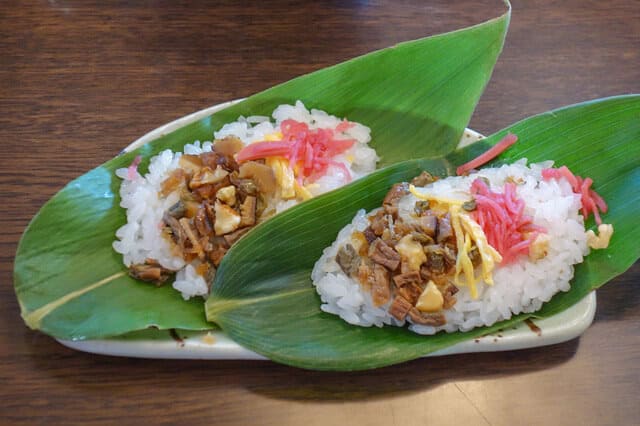
Sasa zushi is a traditional local sushi from Niigata Prefecture and the Hokushin region of Nagano Prefecture, recognized as one of Japan’s top 100 rural dishes. It features bite-sized rice placed on Kumazasa leaves and topped with a variety of ingredients such as wild plants (bracken, bamboo shoots, dried fern), walnuts, carrots, hijiki seaweed, fried tofu, and often pickled ginger. Regional and household variations include toppings like minced salmon or shredded egg. In areas like Myoko City and Joetsu City, the bamboo leaves are uniquely folded into the shape of a winnowing basket, a feature that gives the dish a distinctive local identity.
Sasa zushi History
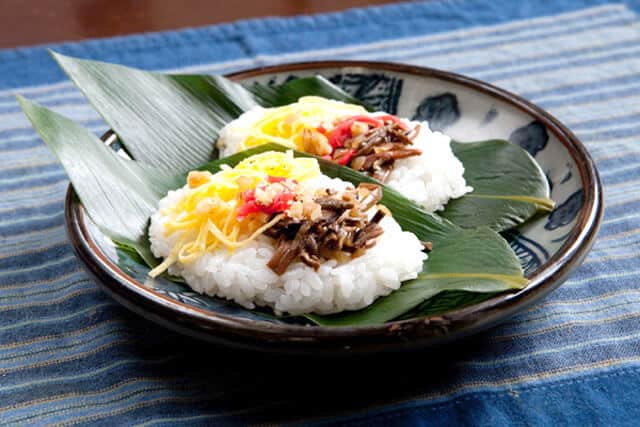
Sasa zushi is a traditional local dish from Iiyama City and the Joetsu region of Niigata Prefecture, made by placing vinegared rice on bamboo leaves and topping it with ingredients like fern, bamboo shoots, shiitake mushrooms, walnuts, shredded egg, and pickled ginger. With variations depending on region and household, some versions include glutinous rice, hijiki seaweed, or miso-pickled vegetables. Its origins date back to the 12-year Battle of Kawanakajima (from 1553), when Uesugi Kenshin led troops through Tomikura Pass, a key route between Shinshu and Echigo. According to one theory, villagers served rice with mountain vegetables on bamboo leaves to Kenshin’s soldiers, giving rise to what became known as “Kenshin-zushi.”
The antibacterial and preservative properties of bamboo leaves made it ideal as a portable and long-lasting food during battles. Once a special dish prepared for celebrations and festivals, Sasazushi has remained a cherished part of local food culture and officially designated a Nagano Prefecture Selected Intangible Folk Cultural Property in 2007.
Sasa zushi Day
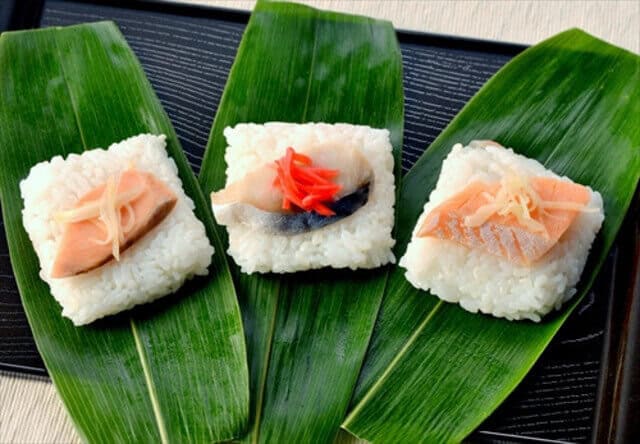
In Itoigawa City, Niigata Prefecture, the city has designated July 7th each year as “Itoigawa Tanabata is Sasazushi Day” and actively promotes local cuisine like sasa zushi through various events and activities. Even within the city, people use different ingredients and cooking methods depending on the area or household, allowing them to enjoy the dish’s unique local flavors.
Conclusion

Sasa zushi is more than just a dish; it’s a connection to Japan’s rich history and local traditions. Whether enjoyed during special occasions or as a part of everyday life, it offers a unique taste of regional flavors wrapped in bamboo leaves. If you ever find yourself in Japan, make sure to seek out this delicious and meaningful treat—it’s a great way to experience the local culture firsthand. We hope you get the chance to try sasazushi and enjoy the distinct flavors that make it so special!
If you enjoy the unique flavors of sasa zushi, be sure to explore other regional Japanese dishes that showcase local ingredients and traditions—each offering a new and exciting culinary experience!

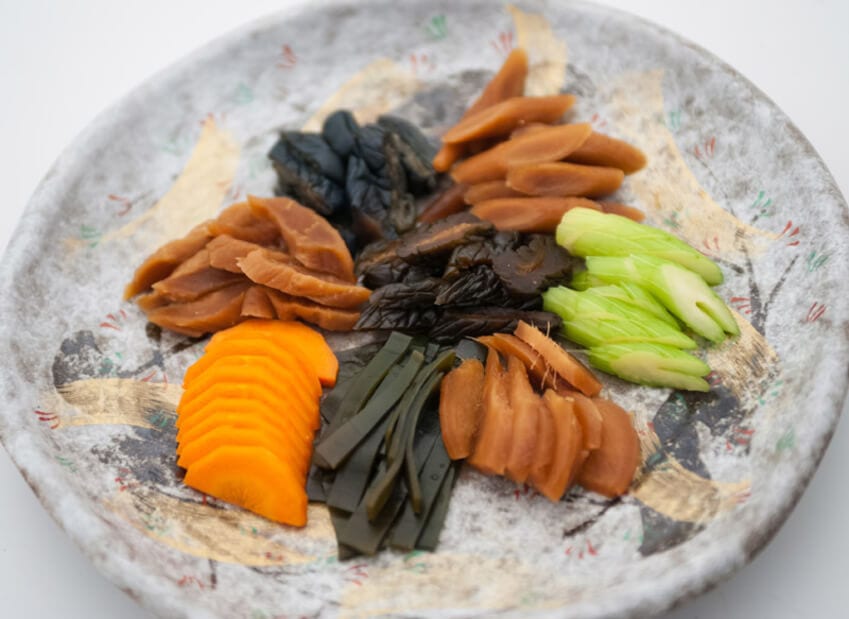
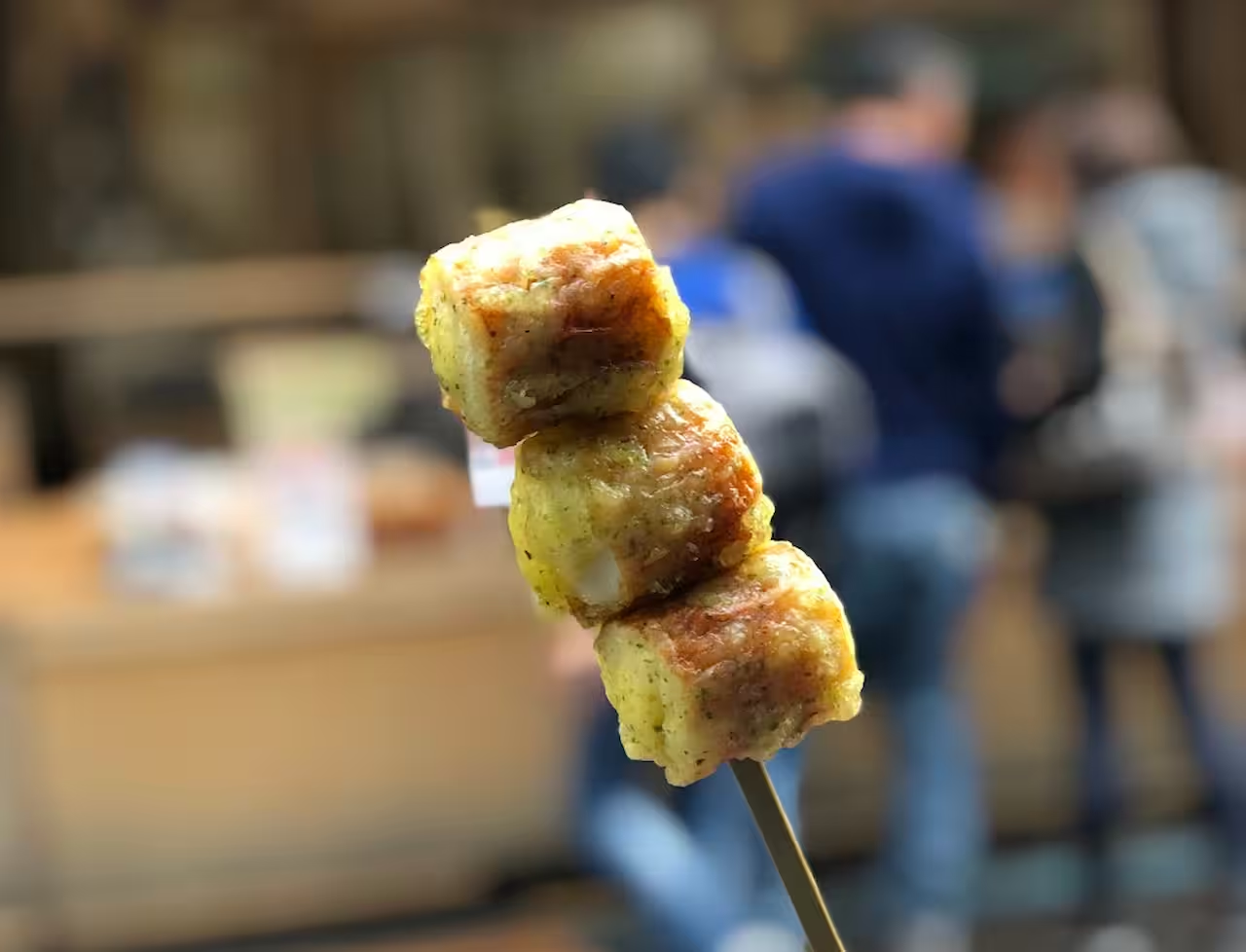
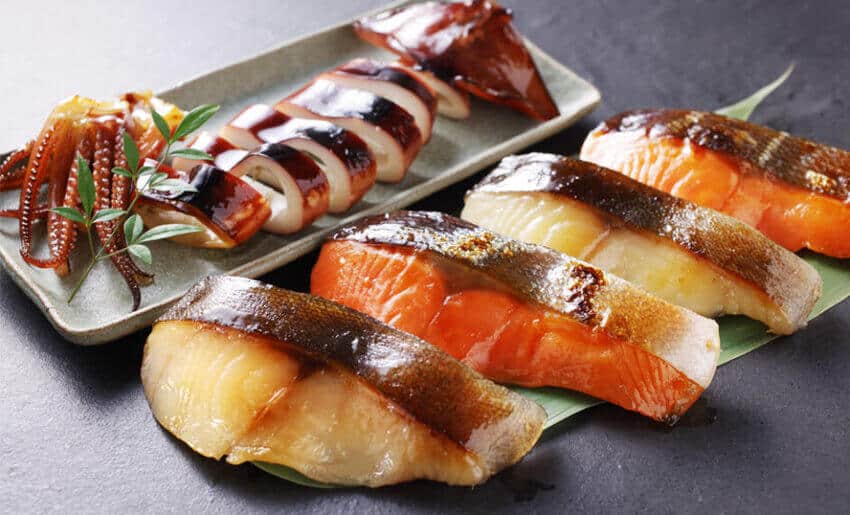


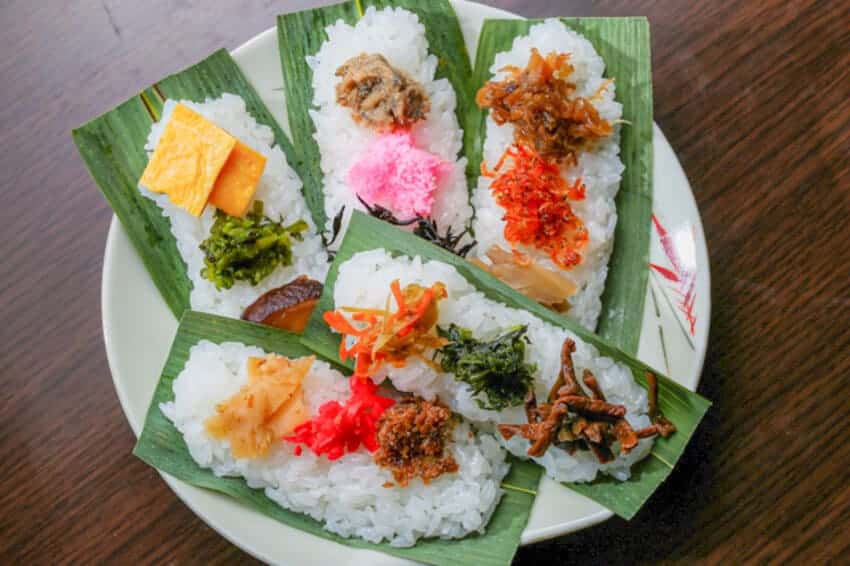
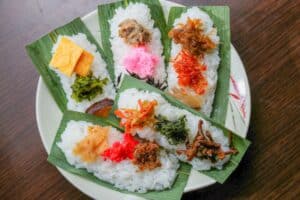
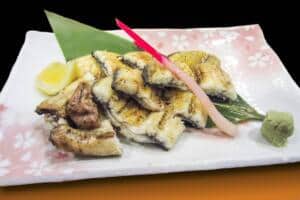
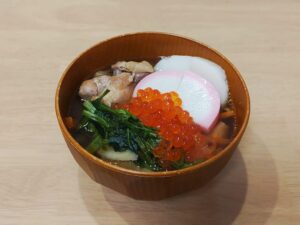
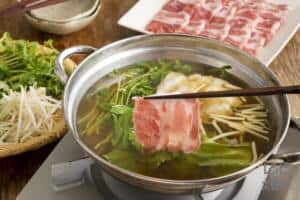
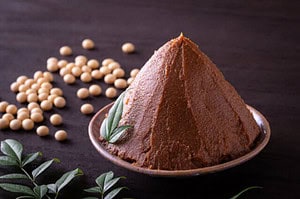

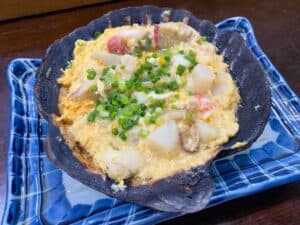
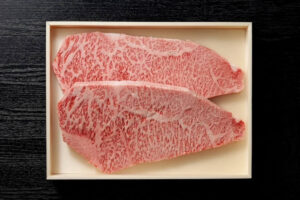

Comments